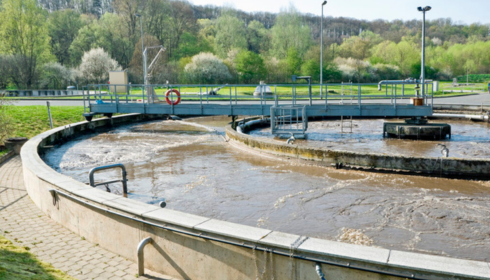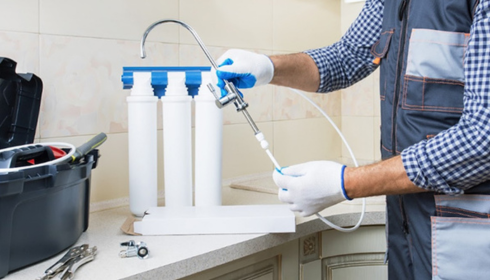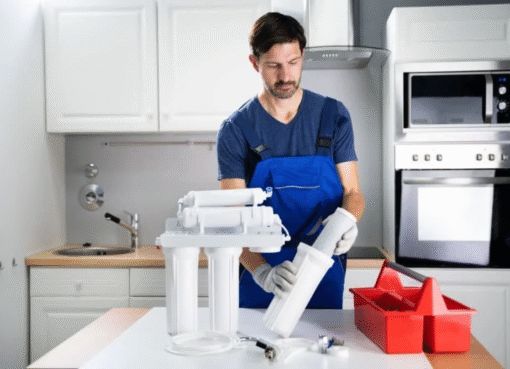Clean Water, Complex Systems: How Texas Keeps Its Municipal Supply Flowing

There’s something quietly powerful about turning on a tap and trusting what comes out. For most of us, water is just there — morning coffee, evening dishwashing, the lawn sprinkler humming in the background. But behind that simple convenience is an entire web of infrastructure, policy, and people working to keep public water safe, especially in a state as sprawling and diverse as Texas.
From the piney woods of East Texas to the parched borderlands near El Paso, no two communities face the exact same water challenges. And yet, they’re all tied together by the shared reality that municipal systems must rise to meet growing demand while juggling droughts, contaminants, and the sheer unpredictability of nature.
The Backbone of Public Health
When we talk about municipal water treatment Texas, we’re talking about far more than pipes and filters. It’s about public health. The systems are designed to remove contaminants — everything from naturally occurring minerals like arsenic to industrial runoff — while still delivering a reliable supply to millions of households.
Think of it like a silent guardian. Most people don’t think twice about whether the water filling their glass has been screened for bacteria, heavy metals, or chemical residues. But that peace of mind only exists because cities across Texas maintain a constant watch over what flows through the system. Without that oversight, outbreaks of illness would be far more common, and life in modern cities would look dramatically different.
Not Every Source is Created Equal
Texas is an interesting case because of its sheer size. Some municipalities draw from vast surface reservoirs, others from deep aquifers, and still others from blended sources. Each option comes with its own challenges. Aquifer water often carries naturally high mineral content, while surface water can be vulnerable to agricultural runoff or algae blooms during hot summers.
This is where treatment technology earns its keep. Filtration, disinfection, aeration — each community tailors its approach depending on the quirks of its local supply. In West Texas, you might find advanced desalination projects because groundwater is brackish. Meanwhile, Central Texas cities lean heavily on UV disinfection and activated carbon to keep things clean.
The Human Side of Infrastructure
It’s easy to imagine municipal water as a faceless system, but the truth is it’s run by people who care deeply about their work. Local water operators are trained to spot trouble early, whether it’s a chemical imbalance or a sudden spike in demand during a heatwave. These jobs aren’t glamorous, yet they’re essential.
In fact, many towns invest heavily in ongoing training and certification programs, ensuring staff can keep up with evolving standards. And as more contaminants are discovered — PFAS, microplastics, you name it — those workers stand at the front line of adapting treatment methods so the public never notices the bumps in the road.
Growth, Strain, and Modernization
Texas isn’t standing still. Population growth here is staggering, and with more people comes greater demand on water resources. Cities have to plan years, even decades ahead, upgrading plants, expanding pipelines, and investing in advanced monitoring systems.
The phrase city water treatment services TX might sound bureaucratic, but behind it lies an enormous logistical dance. Utilities juggle budgets, bond measures, and long-term engineering projects, all while residents expect water bills to stay affordable. It’s a balancing act: make it clean, make it plentiful, and keep it reasonably priced. That’s no easy task, particularly in regions where drought cycles can suddenly throw the whole equation off balance.
Community Connection
There’s also a civic dimension to all this. Safe water isn’t just a technical achievement; it’s something that fosters trust between residents and local government. When boil-water notices hit, frustration builds fast. That’s why transparent communication has become a bigger part of municipal planning. Communities want updates, explanations, and accountability.
At the same time, individuals are learning that they play a role, too. From conserving during dry spells to avoiding chemical dumping that can seep into groundwater, public cooperation helps keep systems running smoothly. Water, after all, is one of those rare resources that connects everyone — rich or poor, urban or rural.
Looking for Support Locally
Sometimes, residents want to go beyond trusting the tap. Maybe their house is old, with corroded plumbing, or they’ve noticed strange smells after heavy rain. That’s where they start looking for municipal water system support near me, hoping to find guidance or resources tailored to their neighborhood. Local utilities often provide testing kits, hotlines, or even public meetings where people can ask tough questions.
And in many cases, these services uncover issues not with the city’s water supply itself, but with what happens once it enters private lines. Old pipes, neglected water heaters, or outdated plumbing fixtures can all affect taste, odor, and clarity. Partnering with local experts helps residents separate system-wide concerns from home maintenance tasks.
What the Future Might Hold
Looking ahead, water treatment in Texas will likely become even more complex. Climate models predict hotter summers, more unpredictable storms, and increasing stress on aquifers. At the same time, technology is evolving: smart sensors, real-time quality monitoring, and AI-assisted systems are starting to take root in major cities.
It’s a fascinating mix of old and new. On one hand, you’ve got century-old treatment plants still chugging along, and on the other, experimental systems that can detect contaminants at the molecular level in seconds. Bridging that gap will define the next chapter of municipal water in Texas.
Closing Thoughts
Water feels simple when it pours from the tap, but the truth is anything but. It’s a story of infrastructure, science, and human dedication woven together to protect public health and sustain growth. Whether you’re in a booming metro or a quiet rural town, those systems shape daily life in ways we rarely stop to consider.
Leave a Reply
You must be logged in to post a comment.




Leave a Comment